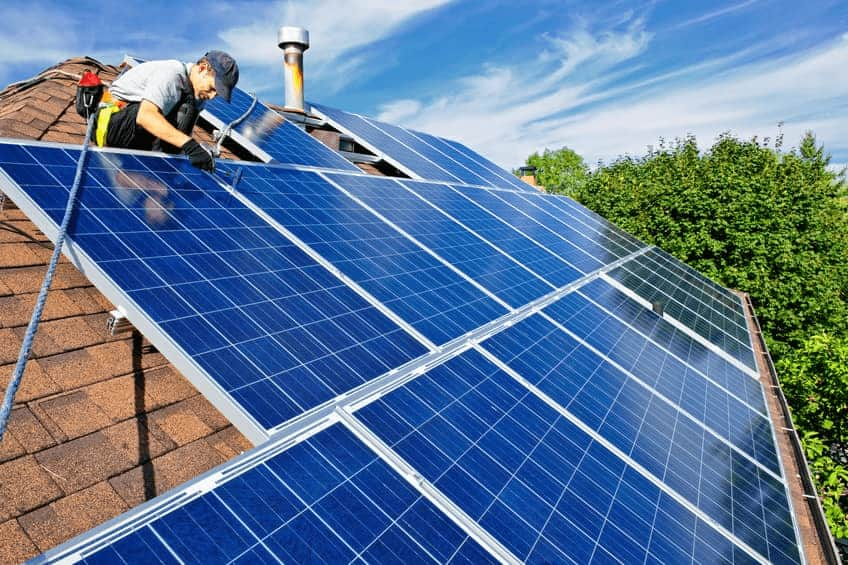You’ve heard about how using solar energy is more eco-friendly, or how having solar panels installed on your property can help you cut costs when it comes to energy. If you’re like most people, though, that may be all you know about solar energy. If so, don’t worry; it’s perfectly fine if you don’t know much more than that.
If you already have a solar panel array, you’ll want to know more, of course, especially important things like solar panel servicing and maintenance, so the solar panels don’t get damaged by accident or start working inefficiently. That said, if you’re looking for more information on solar panels, or need more ideas for starting a conversation on renewable energy, here are some fun facts about solar panels you may not have heard before.
The idea of solar power stretches back all the way to 1941.
In 1839, French physicist Alexandre-Edmond Becquerel discovered the photovoltaic effect, or how to use the sun’s rays to create an electric current. This discovery later led to Russell Ohl inventing and building the first solar panel cell in 1941, with Bell Laboratories putting out the first commercial panel in 1954.
Australia has overtaken Germany in terms of solar capacity.
Starting in 2019, Australia began increasing the number of solar power installations being built or developed, and now has 2.77 million solar power installations. This gives the country a combined capacity of 21,352 MW in photovoltaic (PV) solar power, and a capacity of 600 watts per capita, edging past Germany’s 580 watts per capita.
Solar energy is the fastest source to deploy.
When it comes to speedy deployment, no other electricity source beats solar. Take a look at what happened in Puerto Rico after the 2017 hurricanes. Tesla and other companies were able to build small solar power plants with the ability to store energy in Puerto Rico within weeks. That’s notably faster than any power plant powered by another source.
Solar panels can produce power even without direct sunlight.
It’s recommended that a solar panel array gets as much direct sunlight as possible for the panels to work efficiently. However, solar panels are designed to capture and convert different parts of the spectrum, so even on a cloudy day, those panels are producing power.
Costs have fallen 99% since 1977.
Back in 1977, a simple solar cell cost $77 per watt. In late 2017, a solar cell cost $0.21 per watt, and an entire assembled module was $0.39 per watt. Given that and government subsidies – not to mention and other programs to get solar power to as many properties as possible – means that this renewable energy source is more accessible today than it was five to ten years ago.


Are you trying to find an environmentally accountable heater?
If you are looking for an ideal heating unit, the energy effectiveness tag will aid you to recognize the item’s efficiency rapidly. Heat pump heating systems are split into nine performance courses. The most effective energy performance classification is A++. Group G determines devices with substantially poorer values. The heat pump is virtual without exception […]